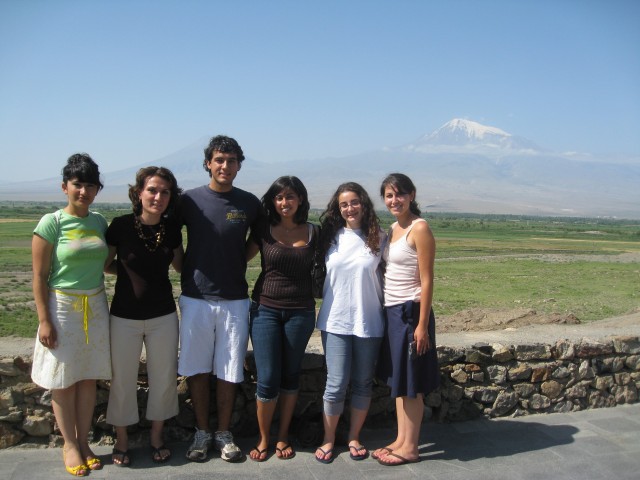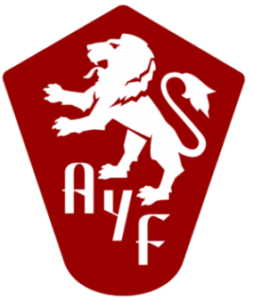The Armenian Diaspora in the Eastern USA and the Homeland
By Sossi Essajanian
“There once was, and there once was not…” This sentence has served as the beginning to many Armenian fairytales as they weave stories about the handsome prince, the peasant girl, or the poor beggar who sings beautiful songs to lour the animals to feast with him. With such a standard commencement, the listener is left wondering if the entire world just described really existed or not. Unlike “Once upon a time…” that assumes a moment once did exist, the Armenian version leaves one in doubt if such a place existed. These questions are familiar to Armenians in the Eastern USA in cities such as Boston, New York, Philadelphia and Providence as we think about where we live and how much we consider “home” as tied with our identity.
Three generations removed from their ancestral lands and living in the Eastern USA, Armenian youth still learn about the ancient city of Ani and the Holy Cross Church on Akhtamar Island as great cites of Armenian history as well as places of trauma and death. They also use names of cities and villages employed during Ottoman and pre-Ottoman times to refer to these locations even though today many are not used in Turkey as the actual city names. Frequently when asked “Where is your family from?” many use these old city names to establish relations creating the sense that they still exist. But establishing a historic connection to these places is not merely an end it itself.
Anthropologist Susan Pattie discusses the various conceptualizations of diaspora that might be applied to the Armenian case. She refers to William Safran’s understanding of diaspora as an eventual return to the homeland, as well as Robin Cohen’s counter argument against the concept of homeland that there may be positives for living in the diaspora. However, in the Armenian case Pattie concludes that “this tangled mass of approaches to the question of ethnic identity and diaspora/homeland relations is highly appropriate.”[i] Adding to this complexity for the recent generation is the opportunity to visit the Republic of Armenia. Through the help of various internship and volunteer programs Diasporans from the East Coast have joined others around the world in visiting Armenia and returning to the homeland. But how many consider moving there for good?
Thus for many Armenian-Americans living in the Eastern USA the idea of home and homeland seem to differ making the diaspora here so grounded. Pattie notes that “with each generation in place, diaspora becomes more comfortable and a home itself.”[ii] In conversations with diasporan Armenians about culture Pattie writes that for them homeland is implicit; it is a group of behaviors and traditions that when changed, “the culture is lost or in danger of being lost.”[iii]
In the Eastern USA Armenian youth grow up with the option to be Armenian or not. It seems as though the Armenian culture of community directly collides with the American mentality of individualism. Thus, many cities’ Armenian “areas” do not exist where one can find all Armenian churches, stores, and businesses within walking distance of each other; one has to commute via car, bus or train in order to reach either an Armenian Center, club, or church. Thus Armenian identity seems to be one of choice; it is not imposed and one has to seek out those places to find things that will make them Armenian.
In her recent essay “Learning to be Armenian: Understanding the Process of Ethnic Identity Development for Armenian Adolescents” Ani Yezedjian echoes these sentiments when she says that “Although the existence of cultural markers can provide tools for individuals and institutions to manipulate, their existence alone will not ensure the persistence of the ethnic group.”[iv]
So let us no longer say “there once was and was not;” let us make our home and homeland one and flower Armenia with our talents, passion, and humanity.
Sossi Essajanian is an AYF Alumnus from the New York “Hayortik” Chapter
[i] Pattie, Susan, “Longing and Belonging: Issues of Homeland in the Armenian Diaspora,” Department of Anthropology, University College London, p.3.
[ii] Ibid., p.10.
[iii] Ibid., p.9.
[iv] Yezedjian, Ani. (2008). “Learning to be Armenian: Understanding the Process of Ethnic Identity Development for Armenian Adolescents,” Journal of the Society for Armenian Studies 17: (165-187).



Leave a Reply
Want to join the discussion?Feel free to contribute!